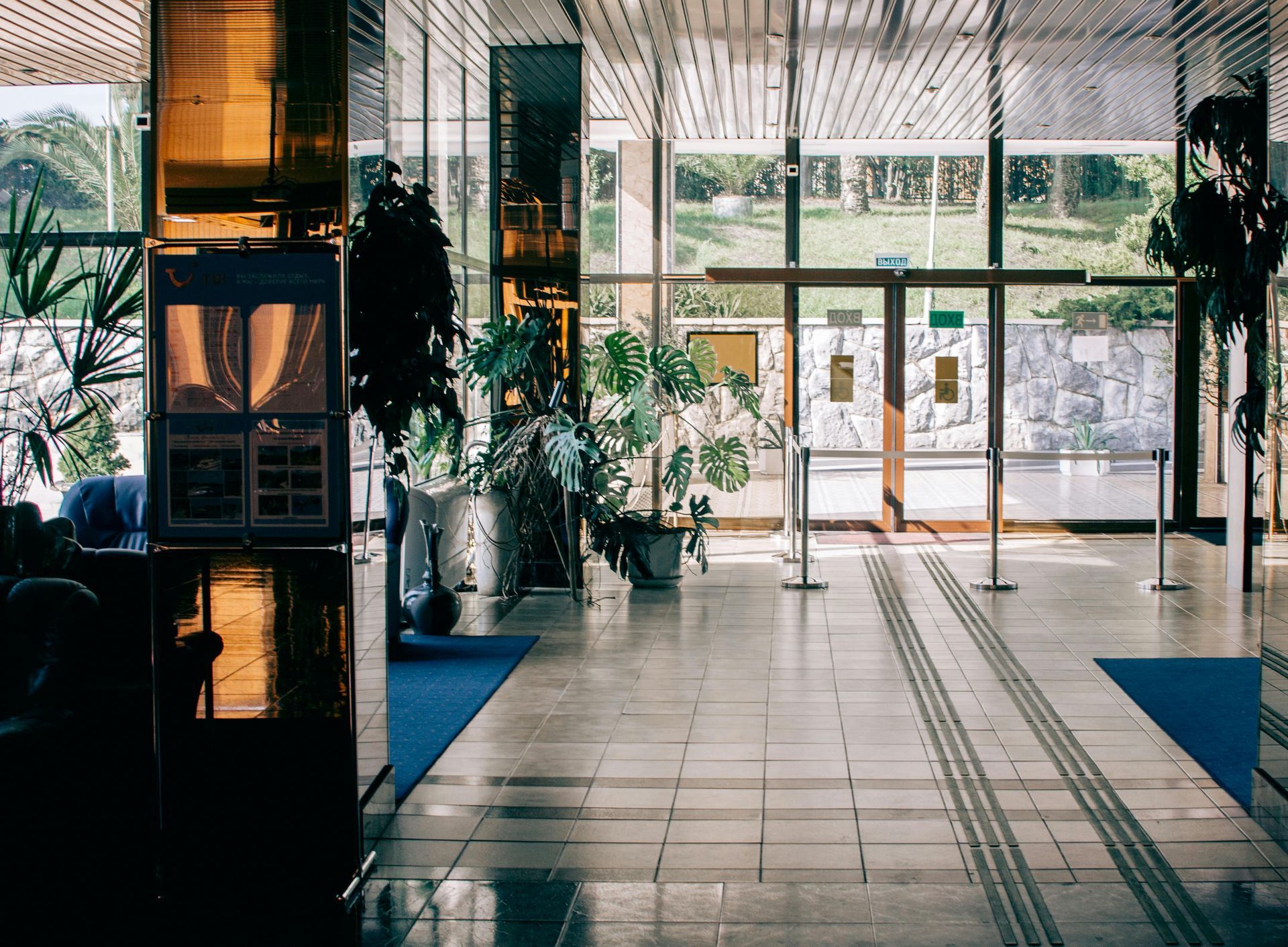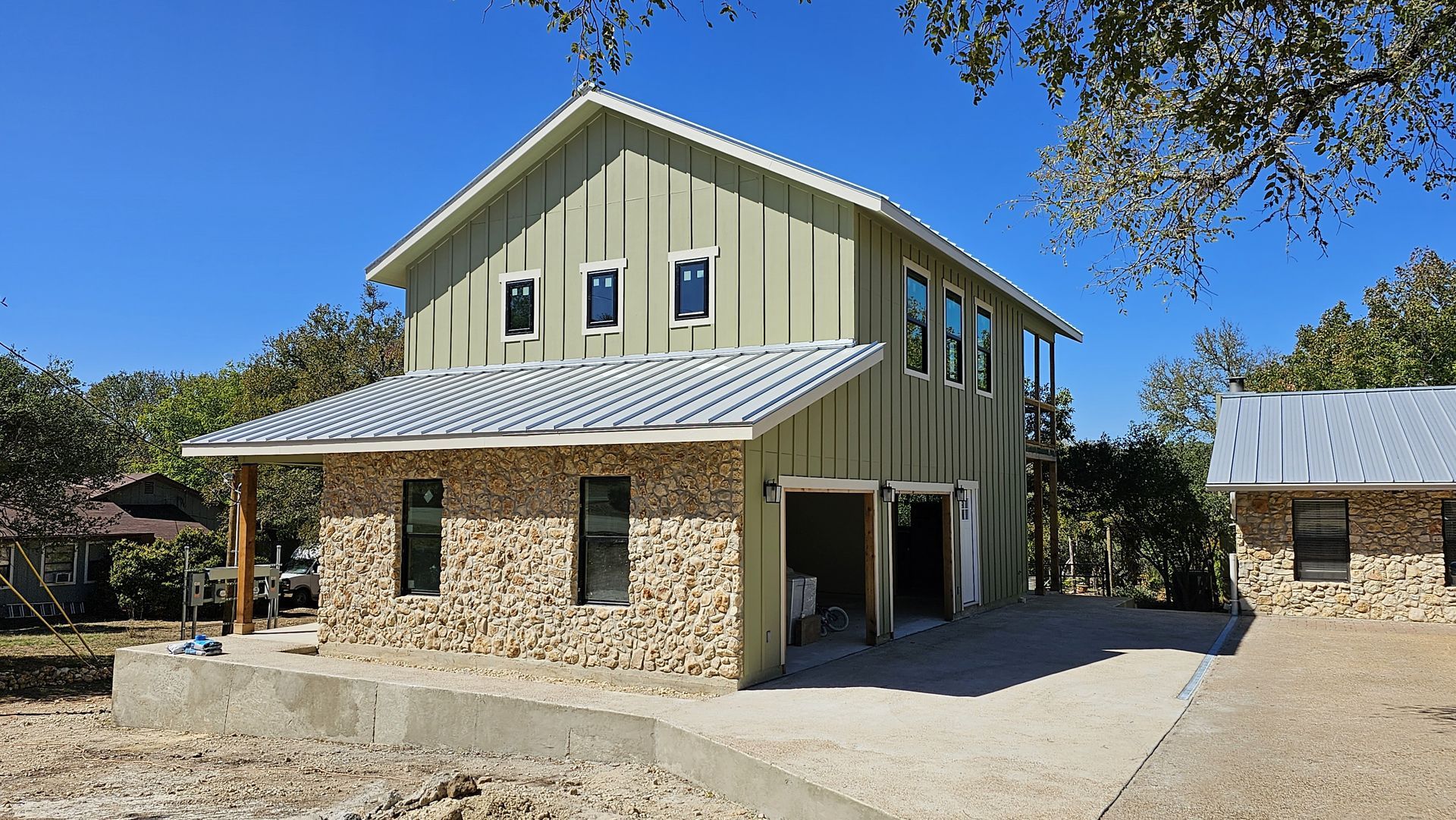Top 5 Mistakes to Avoid During Your Tenant Finish-Out
Moving into a new commercial space is an exciting chapter for any business. The tenant finish-out process is your opportunity to transform a blank canvas into a functional, branded environment that fuels growth and reflects your company's culture. However, this exciting journey can quickly become a source of stress, delays, and unexpected costs if not managed carefully.
At Five Mile Construction, we’ve guided countless businesses in San Marcos and across Central Texas through their tenant improvement projects. We’ve seen what separates a smooth, successful build-out from a frustrating one. To help you navigate the process like a pro, here is our cautionary guide to the top five mistakes to avoid during your tenant finish-out.
Mistake #1: Not Fully Understanding Your Lease Agreement
The single most critical document in your finish-out is your lease. Tucked away in the legal jargon are crucial details about the Tenant Improvement Allowance (TIA), the landlord's and tenant's responsibilities, and the building's specific rules and regulations for construction. Many business owners make the costly mistake of only skimming this document.
The Pitfall: Misunderstanding your TIA can leave you with a significant funding gap. Not knowing the building's rules—like required union labor, specific material standards, or restricted work hours—can lead to project delays and costly rework.
How to Avoid It: Before you sign, have your general contractor review the lease's work letter and construction clauses. An experienced partner can help you understand the TIA, identify potential red flags, and clarify the division of responsibilities between you and your landlord, ensuring there are no expensive surprises down the road.
Mistake #2: Inadequate Planning and Vague Design
Excitement can often lead to a rush to get started. However, jumping into construction without a detailed, well-documented plan is a recipe for disaster. Vague ideas like "an open-concept office" or "a modern retail feel" are great starting points, but they aren't enough to build from.
The Pitfall: A lack of detailed architectural plans and specifications leads to constant changes mid-project. Every change order, no matter how small it seems, can have a ripple effect, causing significant delays and blowing your budget. What happens when the electrical outlets are in the wrong place for your new floor plan? Or when the wall you wanted removed turns out to be load-bearing? These on-the-fly decisions are where costs spiral.
How to Avoid It: Invest time in the design and planning phase. Work with your contractor to create a comprehensive set of construction documents that specifies everything—from the floor plan and lighting design to the exact paint colors and materials. At Five Mile, our design-build approach ensures that the design is not only visionary but also practical, code-compliant, and, most importantly, aligned with your budget from day one.
Mistake #3: Underestimating the Permitting Process
In a rapidly growing area like Central Texas, navigating the municipal permitting process can be complex and time-consuming. Each city and county has its own set of codes, submission requirements, and inspection schedules. Thinking you can simply submit plans and start building the next week is a critical error.
The Pitfall: Failure to submit the correct documents or underestimating the review timeline can leave your project in limbo for weeks or even months before a single hammer is swung. This not only delays your grand opening but can also mean paying rent on a space you can't yet occupy.
How to Avoid It: Partner with a local general contractor who has a deep understanding of the jurisdictions you're building in. An experienced team knows the specific requirements for cities like San Marcos, Austin, and the surrounding areas. They can manage the entire submittal and inspection process, ensuring everything is filed correctly the first time to keep your project on track.
Mistake #4: Choosing a Contractor Based on Price Alone
It's tempting to select the contractor who provides the lowest bid. But in construction, the cheapest option upfront often becomes the most expensive one in the long run. An unusually low bid can be a red flag for cutting corners, using subpar materials, or a lack of understanding of the project's full scope.
The Pitfall: A contractor who cuts corners can leave you with poor workmanship that requires costly repairs down the line. They might use materials that don't stand up to commercial use or create delays by not having the right team or resources. Communication might be poor, leaving you in the dark about progress and problems.
How to Avoid It: Look for a partner, not just a contractor. Evaluate potential builders on their experience, portfolio of similar projects, client testimonials, and communication style. A reputable firm like Five Mile Construction will provide a transparent, detailed bid that accounts for high-quality, sustainable materials and the expert team needed to deliver a space that is built to last.
Mistake #5: Lack of Communication and On-Site Supervision
Once construction begins, you can't just set it and forget it. A lack of regular communication and site supervision—from both your team and your contractor's—can lead to small mistakes snowballing into major issues.
The Pitfall: Without clear, consistent communication, what you envisioned may not be what gets built. Minor deviations from the plan can occur and, if not caught early, can be expensive and time-consuming to correct.
How to Avoid It: Establish a regular communication schedule with your project manager from the start. This should include weekly meetings, progress reports, and a clear process for asking questions and raising concerns. Ensure your contractor provides dedicated on-site supervision to oversee the quality of work and ensure adherence to the plans. This proactive communication and oversight are key to ensuring your vision is executed flawlessly.
Build Your Future with Confidence
Your tenant finish-out is a significant investment in your business's future. By avoiding these common mistakes, you can protect that investment and ensure a smooth, predictable, and even enjoyable process.
The key takeaway is to build the right team. An experienced, communicative, and trustworthy general contractor is your single greatest asset in navigating the complexities of a commercial build-out.
Ready to turn your vision into a reality without the headaches? Contact the expert team at Five Mile Construction today. Let's discuss your project and build a space where your business can thrive.



